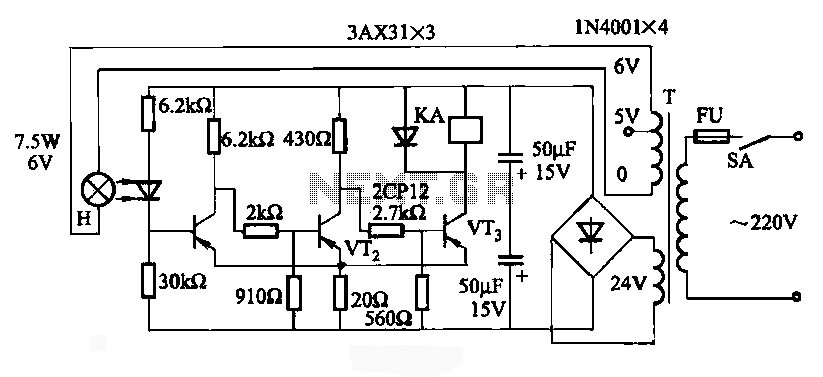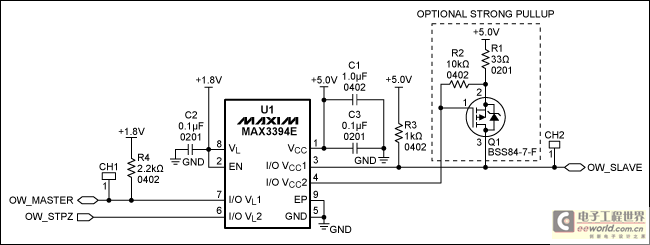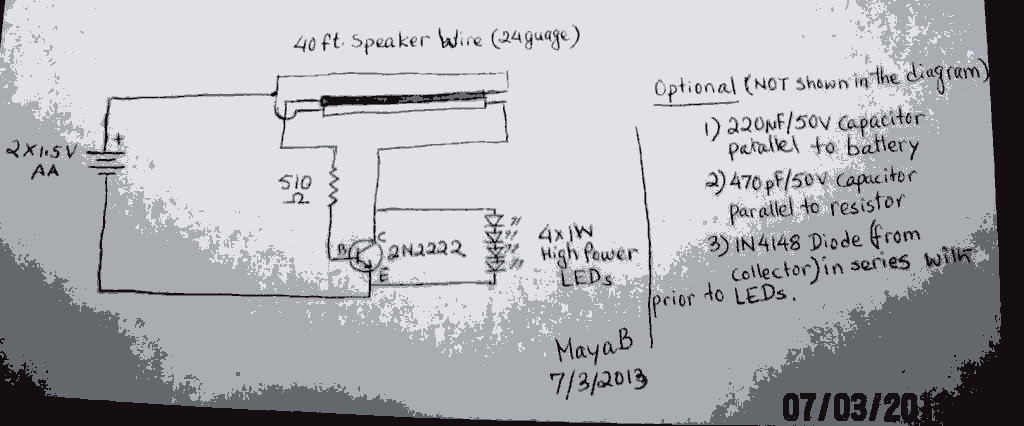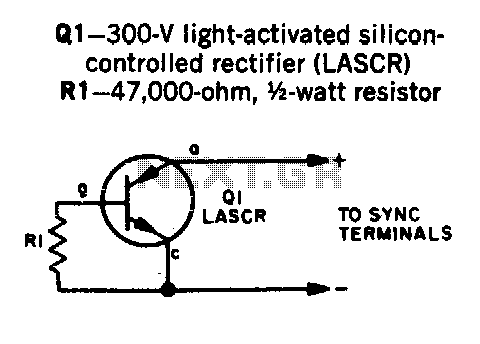
Photo Flash from cheap camera
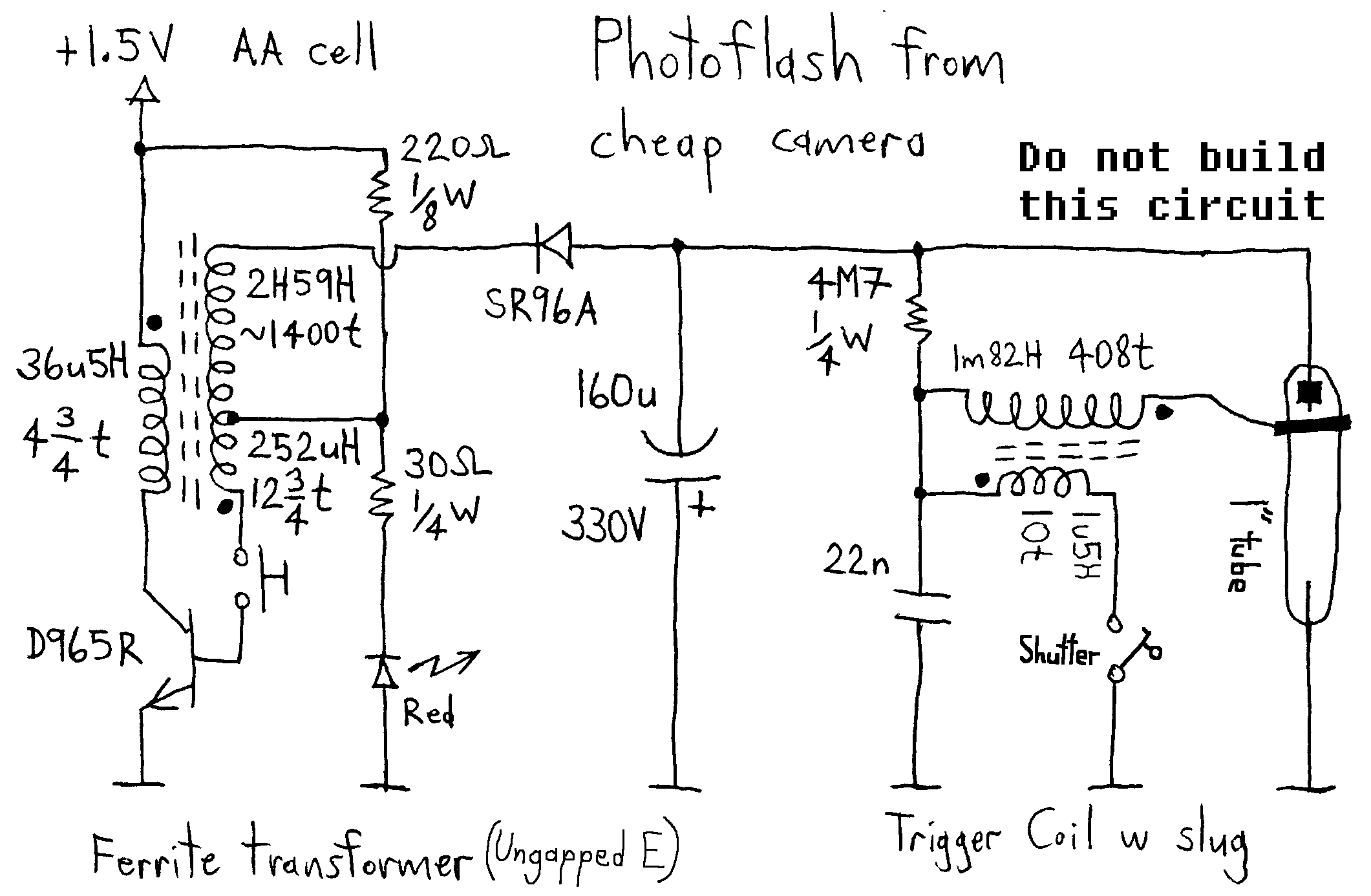
This model is very simple and charges as long as you hold the pushbutton:
This circuit design features a straightforward pushbutton charging mechanism. The primary components include a power source, a pushbutton switch, a charging circuit, and a load. When the pushbutton is pressed, it completes the circuit, allowing current to flow from the power source to the charging circuit. This design is typically employed in applications where temporary charging is required, such as in battery-operated devices.
The circuit may utilize a simple resistor-capacitor (RC) network to control the charging rate and protect the components from excessive current. Additionally, a diode may be included to prevent reverse current flow, ensuring that the power source is not negatively affected when the pushbutton is released.
The load, which could be a battery or a capacitor, will receive power as long as the pushbutton is engaged. Once the button is released, the charging process ceases, making the circuit energy-efficient for applications that do not require continuous charging.
Overall, this model exemplifies a basic yet effective approach to charging, emphasizing simplicity and user control through the pushbutton interface.This model is very simple and charges as long as you hold the pushbutton: 🔗 External reference
This circuit design features a straightforward pushbutton charging mechanism. The primary components include a power source, a pushbutton switch, a charging circuit, and a load. When the pushbutton is pressed, it completes the circuit, allowing current to flow from the power source to the charging circuit. This design is typically employed in applications where temporary charging is required, such as in battery-operated devices.
The circuit may utilize a simple resistor-capacitor (RC) network to control the charging rate and protect the components from excessive current. Additionally, a diode may be included to prevent reverse current flow, ensuring that the power source is not negatively affected when the pushbutton is released.
The load, which could be a battery or a capacitor, will receive power as long as the pushbutton is engaged. Once the button is released, the charging process ceases, making the circuit energy-efficient for applications that do not require continuous charging.
Overall, this model exemplifies a basic yet effective approach to charging, emphasizing simplicity and user control through the pushbutton interface.This model is very simple and charges as long as you hold the pushbutton: 🔗 External reference
